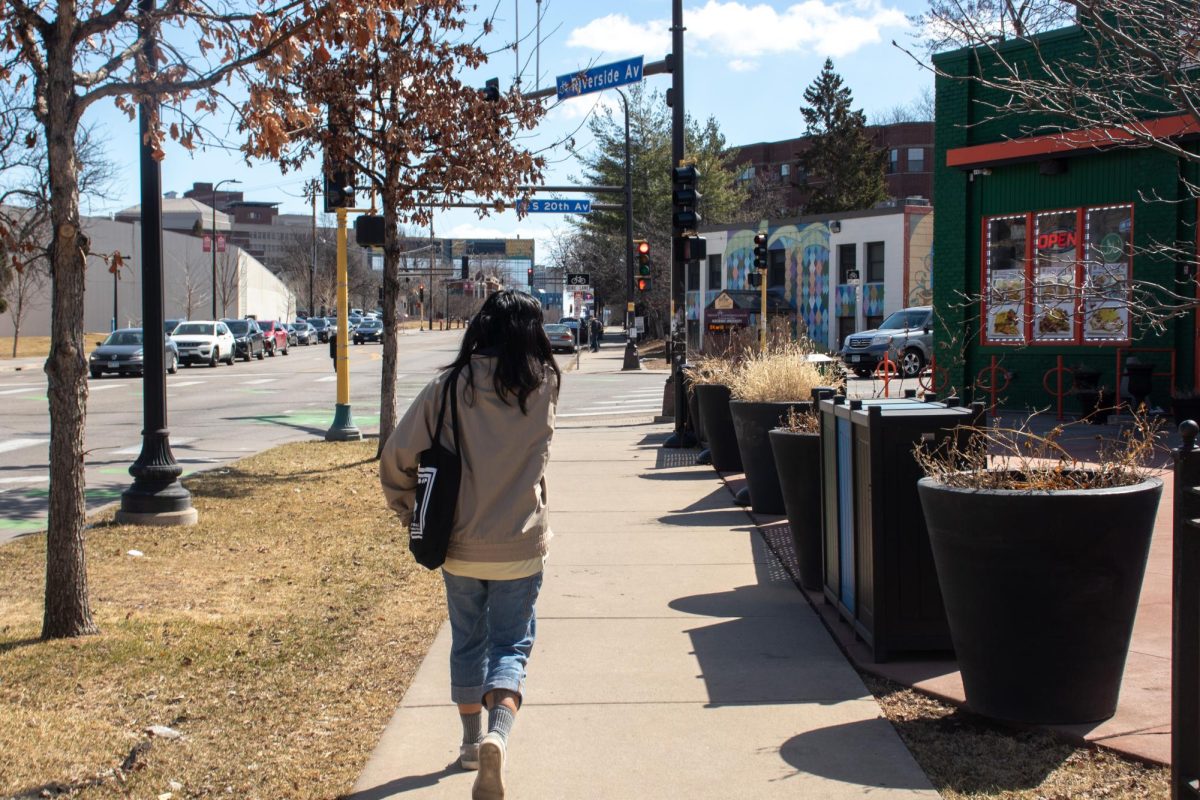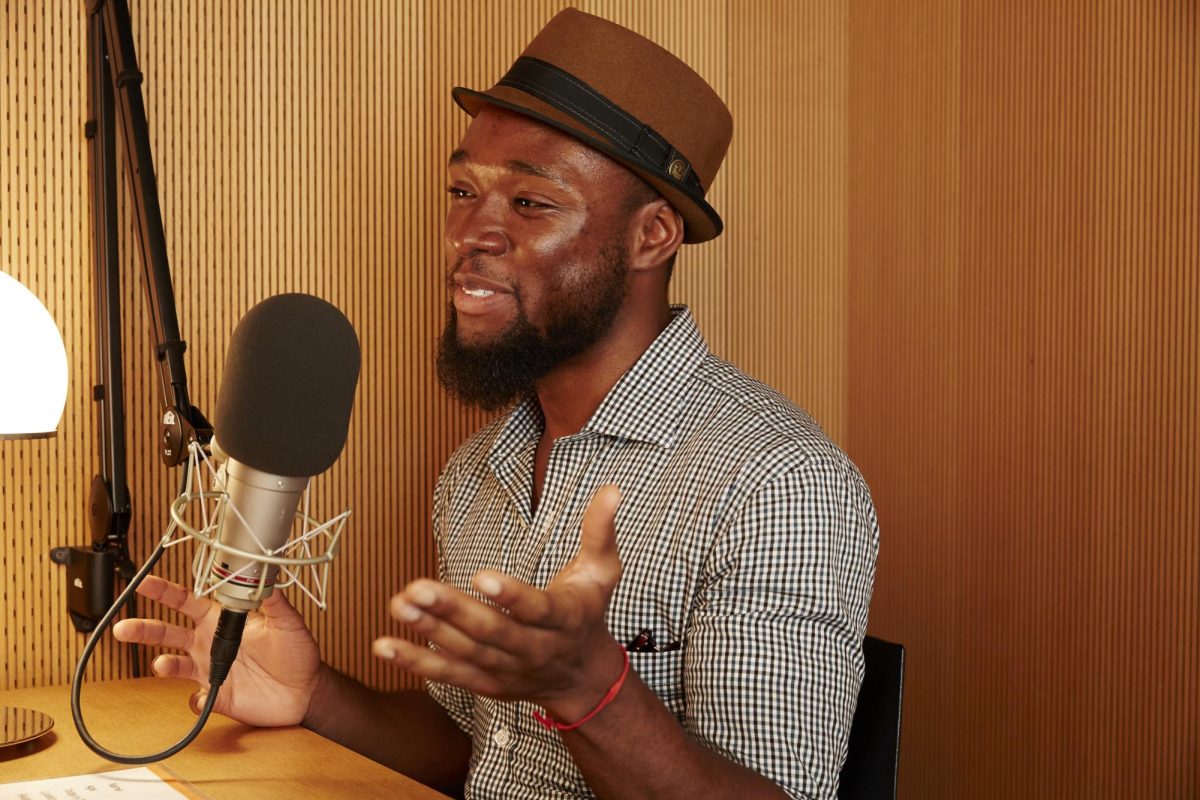A drug that could help first-responders prevent blood loss during traumatic injuries will soon undergo trials at the University of Minnesota.
Scientists from the University’s Duluth and Twin Cities campuses are researching Beta-hydroxybutyrate and melatonin — commonly referred to as BHB/M — a drug therapy that helps slow blood flow, extending survival time for those in accidents.
Researchers are hoping to commercialize the drug to be used in emergency medical settings.
“Blood loss therapy is in critical need because there has been no advancement in 100 years,” said Dr. Lester Drewes, a principal investigator of the drug research.
Normally, glucose helps coagulate blood. It takes 13 steps to be completely metabolized in human bodies, using lots of oxygen along the way.
Unlike glucose, BHB/M uses much less oxygen and requires fewer steps to break down, speeding up coagulation, said Drewes.
BHB/M is a unique compound — commonly found in gophers — that provides an alternate source of energy for cell metabolism, Drewes said. After observing that hibernating gophers use BHB/M to slow down blood flow, the research team decided to apply the principle to humans, she said.
Although it is unclear how exactly the drug works in humans, the results have proven it to be an effective method in speeding up metabolization, Drewes said.
Beginning studies on BHB/M began 10 years ago, and after initial funding, research was conducted on small animals, like rats. As BHB/M showed promising results in rats, the researchers received more funding from the University and from outside sources, Drewes said.
The drug has also been tested on larger animals like pigs, which are an excellent model, as they have biological systems similar to humans.
The drug was submitted as a blood loss therapy to the Food and Drug Administration last year and has yet to be approved, said Dr. Greg Beilman, a trauma surgeon and another principal investigator who originally developed the drug therapy in 2005.
Because of an increase in funds, the group will have resources for toxicology research and reagents used in the experiment, Beilman said. And as of late November, the project had received $2.5 million in an effort to commercialize the drug, he said.
“As a trauma and army surgeon for nearly 25 years, I have a burning desire to come up blood loss therapies,” Beilman said.
The research team will start clinical trials on humans within the next year.







